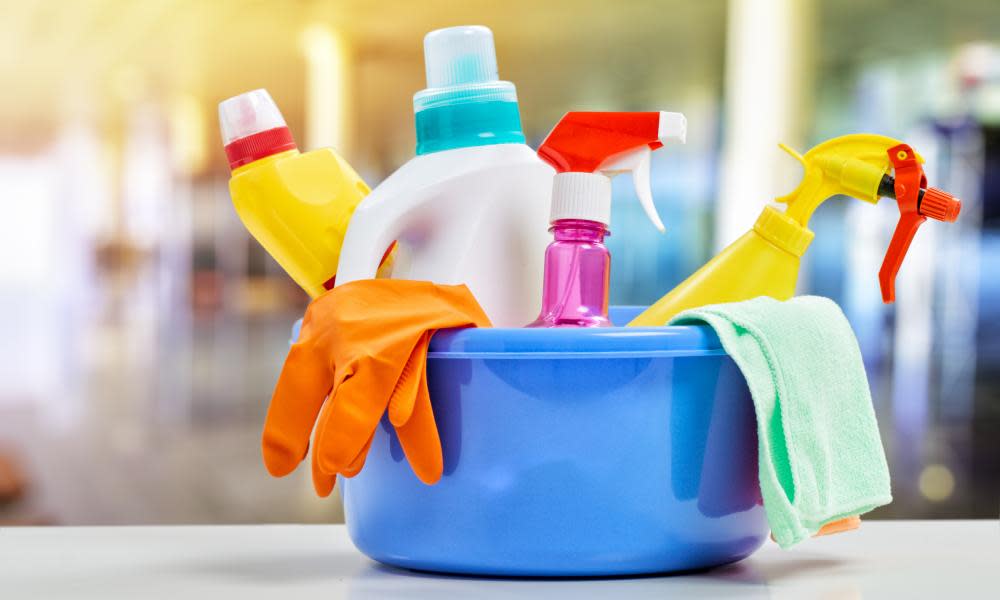Pollutionwatch: hitting home, the everyday chemicals that boost the smogs

The recent hot weather has allowed us to enjoy life outdoors – afternoons in the park, evenings in the garden – but it comes with a downside. Summer smog has enveloped the UK, with southern England the worst affected. In south-east England air pollution was moderate or high on the government’s information system for 17 consecutive days. This was the longest run of summer smog for seven years.
Across Lancashire, Manchester and Merseyside, smoke from moorland fires added to the air pollution cocktail.
Cooler weather from 10 July broke the run of heat and air pollution before it returned last weekend. This long pollution episode was hot on the heels of summertime smog during May, and last summer an 11-year air pollution record was broken on the south coast near Eastbourne.
Because of catalysts on petrol cars and controls in the petrochemical industry, ozone in the recent smogs was less than half of that measured during the 1976 heatwave. But evaporation from printing inks, adhesives, coatings, cleaning agents, and personal care products, may now dominate the pollutants that form summer smogs. The things that we use in our homes are likely to become the new battle ground in air pollution control.

 Yahoo News
Yahoo News 
